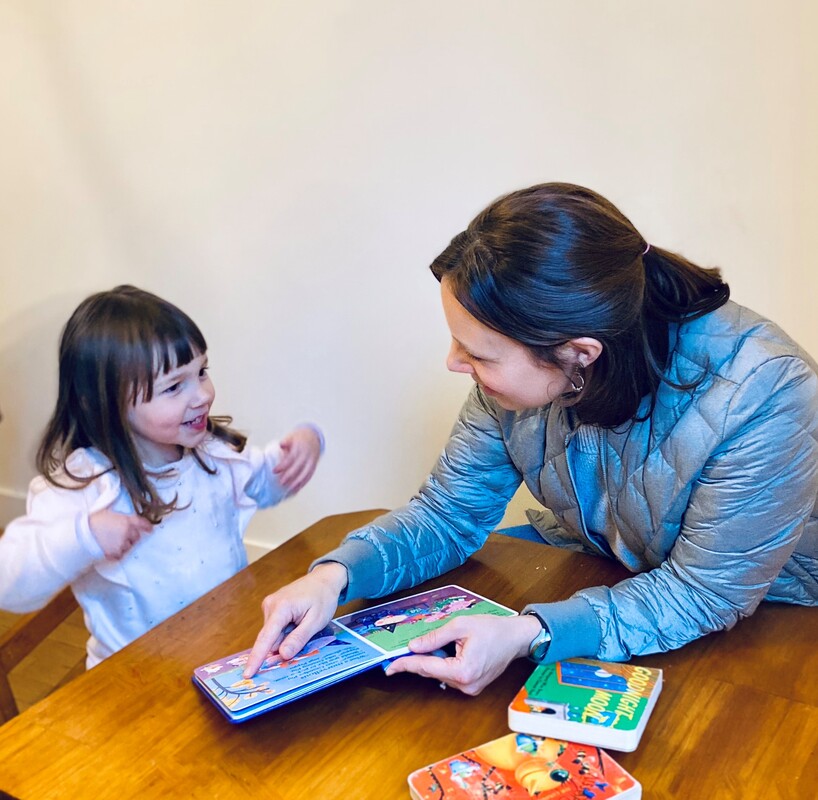The Lidcombe Program
|
The Lidcombe Program
The Lidcombe Program is a well researched stuttering treatment. Many clinical trials have shown the Lidcombe Program to be an effective treatment for early childhood stuttering. The Lidcombe Program is 7.5 times more likely to reduce stuttering than natural recovery (Onslow et al., 2012). It is endorsed as an effective treatment by Speech Pathology Australia. In Australia, many consider it to be the "gold standard" stuttering treatment for preschool children. Still, it is not well understood why the Lidcombe Program is so effective. Also, some children will relapse after having had the treatment and will need additional support. Finally, as in any area of health, no one treatment will work for every child. Lidcome Program appointments will vary slightly from one child to another because they are tailored to the individual. However, there are some aspects common to all Lidcombe program appointments:
|
Starting the Lidcombe Program
There are two stages of the Lidcombe Program. The aim of Stage 1 is to reduce stuttering until it almost or completely disappears. At weekly appointments parents are taught to carefully praise fluent speech and gently correct stuttered speech. The amount of treatment will vary according to the stuttering, the child’s individual characteristics and parenting style. When the stuttering is absent or virtually absent, the child commences Stage 2.
Maintaining Fluency
During Stage 2, parents continue to respond to their child’s speech with praise or gentle correction. The treatment gradually reduces as stutter-free speech maintains. If signs of relapse are detected, treatment increases. Sometimes a child may briefly return to Stage 1. Over time, treatment is withdrawn and the frequency of clinic appointments reduces. Clinic appointments stop when stutter-free speech is maintained over long periods of time.
More information
More information on the Lidcombe Program can be found at the Lidcombe Program website. Brenda is among the clinicians discussing the program in videos at that site. Brenda Carey and Kylie Smith are Lidcombe Program Consortium members. Brenda is also an author of the Lidcombe Program Treatment Guide.
There are two stages of the Lidcombe Program. The aim of Stage 1 is to reduce stuttering until it almost or completely disappears. At weekly appointments parents are taught to carefully praise fluent speech and gently correct stuttered speech. The amount of treatment will vary according to the stuttering, the child’s individual characteristics and parenting style. When the stuttering is absent or virtually absent, the child commences Stage 2.
Maintaining Fluency
During Stage 2, parents continue to respond to their child’s speech with praise or gentle correction. The treatment gradually reduces as stutter-free speech maintains. If signs of relapse are detected, treatment increases. Sometimes a child may briefly return to Stage 1. Over time, treatment is withdrawn and the frequency of clinic appointments reduces. Clinic appointments stop when stutter-free speech is maintained over long periods of time.
More information
More information on the Lidcombe Program can be found at the Lidcombe Program website. Brenda is among the clinicians discussing the program in videos at that site. Brenda Carey and Kylie Smith are Lidcombe Program Consortium members. Brenda is also an author of the Lidcombe Program Treatment Guide.

